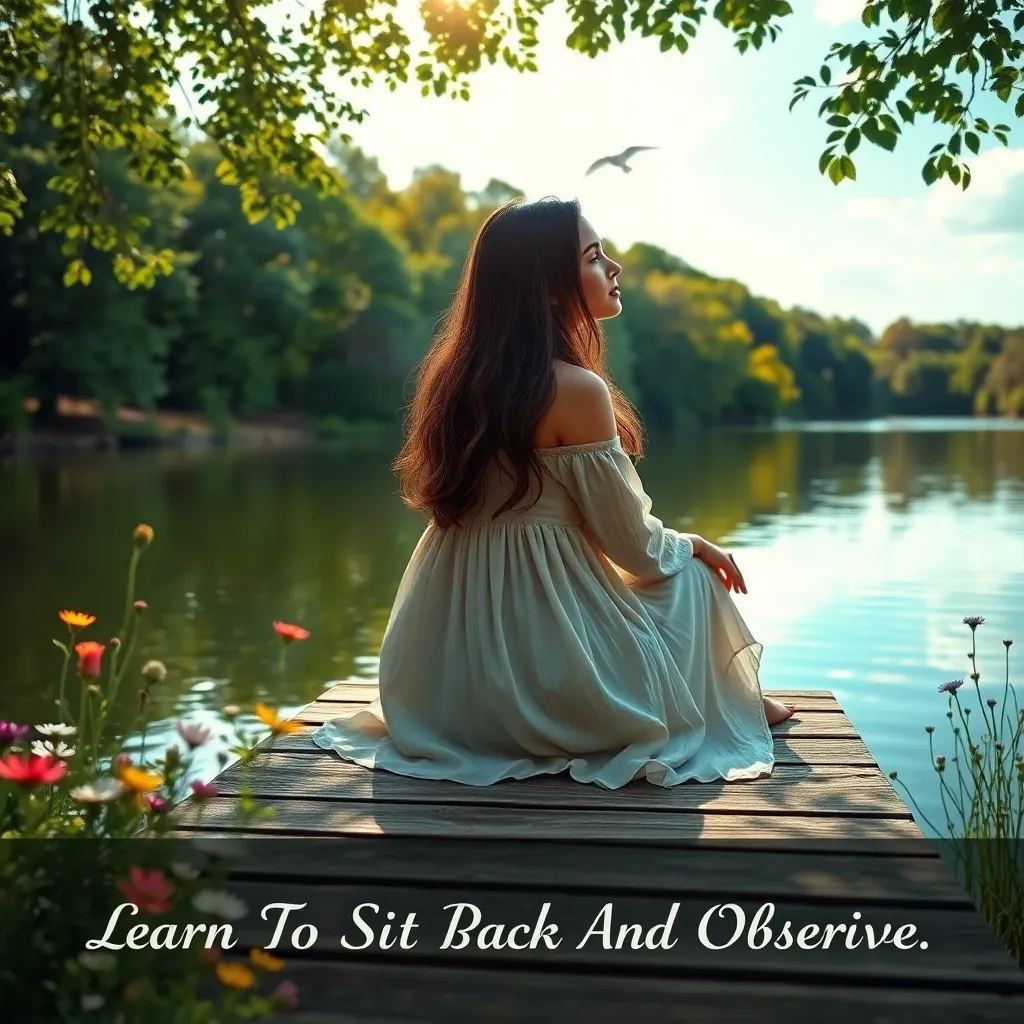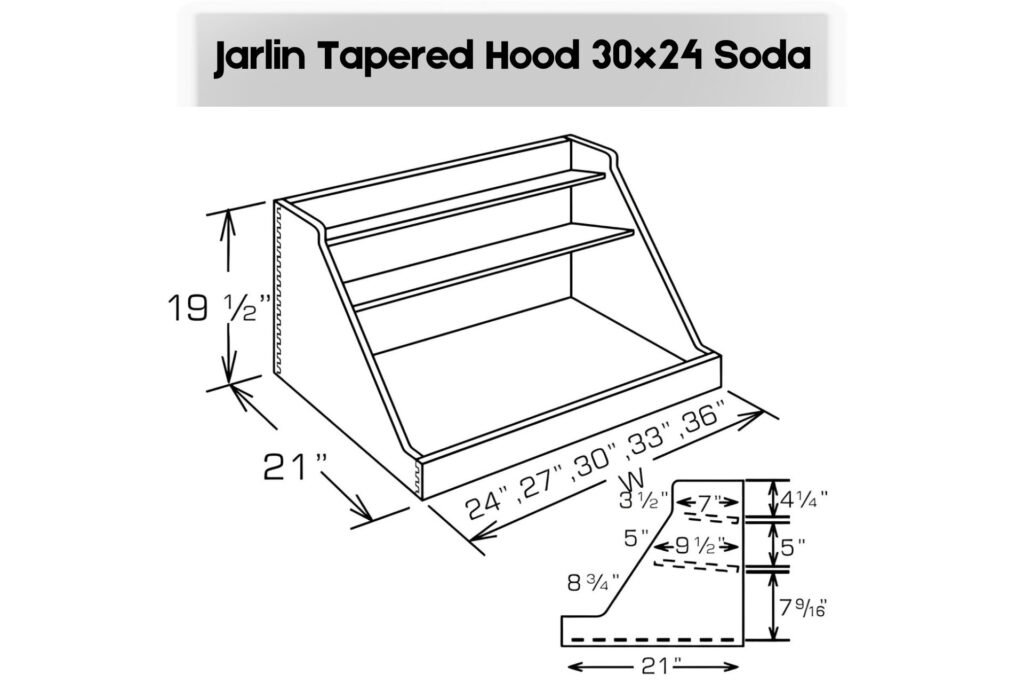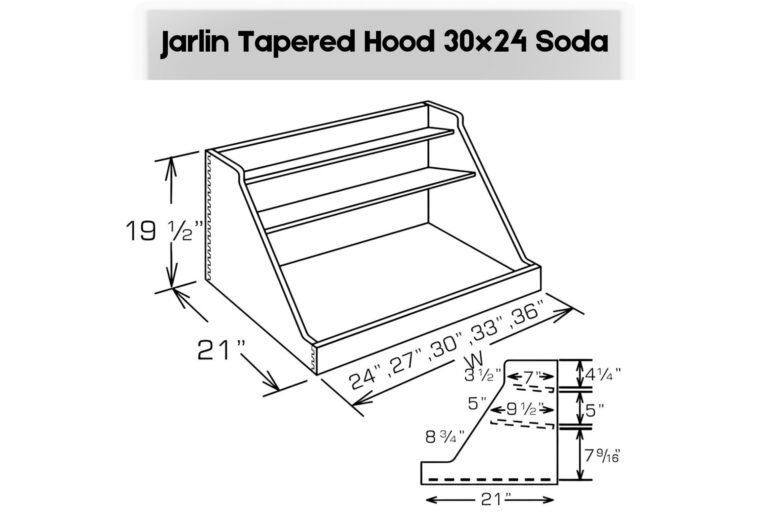In a high-speed world that flourishes with promptness and quick reactions, the idea of Learn To Sit Back And Observe. Not Everything Need – Tymoff gives an invigorating viewpoint that can prompt significant self-awareness and further developed navigation. This exhaustive aid digs into the significance of perception, down-to-earth ways of carrying out this attitude in day-to-day existence, and the various advantages it offers across different parts of life.
What Does indeed “Learn To Sit Back And Observe. Not Everything Need – Tymoff” Mean?
The expression Learn To Sit Back And Observe. Not Everything Need – Tymoff accentuates the significance of care and tolerance. It proposes that by and large, pausing for a minute to notice can be more helpful than racing to respond. This way of thinking is established in:
- Mindfulness: A condition of mindfulness that urges people to zero in on the current second, noticing considerations and sentiments without quick judgment.
- Profound Regulation: By noticing as opposed to responding hastily, people can deal with their feelings all the more successfully, prompting smart navigation.
This approach cultivates a more profound comprehension of oneself and the general climate, making ready for additional educated decisions and cooperation.
The Advantages of Careful Perception
Integrating perception into day-to-day existence offers various benefits:
1. Upgraded Ability to understand people on a deeper level
- Grasping Emotions: Careful perception permits people to perceive and figure out their feelings and the feelings of others.
- Sympathy Development: Noticing cooperation develops compassion, reinforcing individual and expert connections.
2. Further developed Direction
- Smart Responses: Finding an opportunity to notice can prompt a more sane and adjusted direction, particularly in high-stress circumstances.
- Struggle Resolution: In proficient conditions, smart perception can assist with exploring clashes by considering a more profound comprehension of all gatherings included.
3. Self-awareness and Mindfulness
- Recognizing Patterns: By noticing individual considerations and ways of behaving, people can distinguish regions for development and work towards self-improvement.
- Care Practice: Consistently captivating in perception cultivates a more noteworthy feeling of inward harmony and mindfulness.
4. More grounded Connections
- Further developed Communication: Noticing non-verbal signals and profound reactions in others upgrades relational abilities and cultivates better comprehension.
- Struggle Prevention: Careful perception can assist with staying away from superfluous contentions by empowering sympathetic reactions.
Commonsense Procedures for Developing Perception
The following are a few techniques to assist you with rehearsing careful perception in your routine:
1. Careful Relaxing
- Center around your breath to ground yourself right now. This basic method can help you stop and reflect before responding to stressors.
2. Journaling
- Keep a diary to report your considerations, sentiments, and perceptions. This training advances self-reflection and permits you to follow your self-awareness.
3. Purposeful Stops
- Consolidate short delays over your day. Before answering messages or participating in discussions, pause for a minute to notice your contemplations and sentiments.
4. Nature Strolls
- Invest energy in nature, noticing your environmental elements. This training upgrades your capacity to stay present and grounded.
5. Advanced Detox
- Consistently disengage from advanced gadgets to decrease interruptions. Utilize this chance to notice your current circumstance and inside state without the impact of innovation.
Offsetting Perception with Activity
While the perception of attention is fundamental, it’s likewise urgent to perceive when activity is vital. The key is to recognize circumstances that require quick reactions versus those that advantage of cautious perception. This is the way to adjust both:
- Survey the Situation: Decide if prompt activity is required given the unique circumstance and criticalness of the circumstance.
- Stop for Reflection: Before responding, pause for a minute to assess your contemplations and feelings to guarantee a deliberate reaction.

Conquering Obstructions to Careful Perception
Carrying out perception into your life might accompany difficulties. Here are a few normal hindrances and tips to beat them:
1. The feeling of dread toward Passing up a great opportunity (FOMO)
- Advise yourself that smart perception frequently prompts better open doors. By carving out the opportunity to notice, you might find experiences that improve your independent direction.
2. Cultural Strain
- Fight the temptation to be “doing” something continually. Share the advantages of perception with others to assist with normalizing this training inside your groups of friends.
3. Propensity for Reactivity
- Begin little by rehearsing short delays before answering. Continuously increment your solace level with quietness and reflection.
Conclusion
The way of thinking of Learn To Sit Back And Observe. Not Everything Need – Tymoff fills in as an update that not all circumstances require prompt responses. By rehearsing the craft of perception, people can develop clearness, the capacity to understand individuals on a profound level, and more profound associations with themselves as well as other people. This approach eventually prompts more insightful choices, further developed connections, and a more noteworthy feeling of harmony.
Integrating perception into your day-to-day schedule doesn’t need exceptional changes; little, careful practices can fundamentally improve your satisfaction.
FAQs
What is the fundamental idea driving “Learn To Sit Back And Observe. Not Everything Need – Tymoff”?
The primary idea accentuates the significance of carving out the opportunity to notice circumstances before responding, prompting work on profound guidelines, direction, and self-improvement.
How might perception work on my capacity to understand anyone at their core?
By noticing your feelings and the feelings of others, you can foster a superior comprehension of close-to-home elements, prompting more prominent sympathy and viable correspondence.
What are down-to-earth ways of rehearsing perception in day-to-day existence?
A few commonsense methods incorporate careful breathing, journaling, taking purposeful stops, investing energy in nature, and directing computerized detoxes.
How might I offset perception with the requirement for activity?
Survey the desperation of a circumstance to decide whether quick activity is required, and work on taking short delays to reflect before answering.
What difficulties could I look at in rehearsing perception?
Normal difficulties incorporate anxiety toward passing up a major opportunity, cultural strain to be continually dynamic, and a propensity for reactivity. Conquering these difficulties includes helping yourself to remember the advantages of perception and beginning little with your training.
Source of Inspiration
Prepared to change your way of dealing with life and upgrade your ability to appreciate anyone on a deeper level? Begin integrating the standard of Learn To Sit Back And Observe. Not Everything Need – Tymoff into your everyday schedule today! Investigate the specialty of perception and open the potential for better direction, more grounded connections, and self-improvement. Embrace the excursion of care — your future self will be much obliged!











